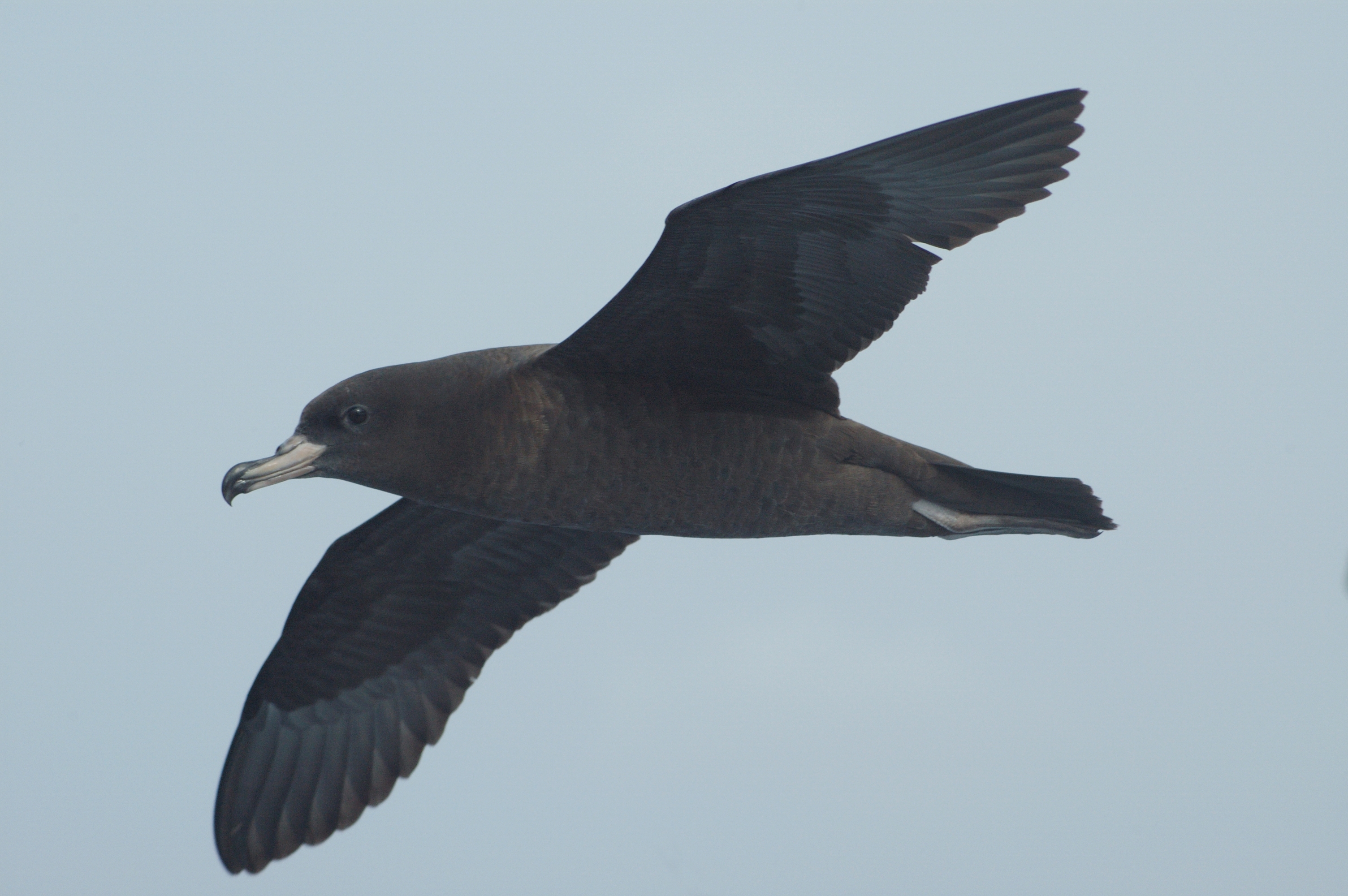A Flesh-footed Shearwater in flight, photograph by Mike Double
Joseph Hollis (Bird Group, Natural History Museum, Tring, UK) and colleagues have published open access in the journal Methods in Ecology and Evolution on using automated image analysis to study a collection of 3793 plastic fragments ingested by Near Threatened Flesh-footed Shearwaters Ardenna carneipes on Lord Howe Island.
The paper’s abstract follows:
“Plastics are now ubiquitous in the environment and have been studied in wildlife and in ecosystems for more than 50 years. Measurement of size, shape and colour data for individual fragments of plastic is labour-intensive, unreliable and prone to observer bias, particularly when it comes to assessment of colour, which relies on arbitrary and inconsistently defined colour categorisations. There is a clear need for a standard method for data collection on plastic pollution, particularly one that can be readily automated given the number of samples involved.
This study describes a new method for standardised photography of marine plastics in the 1–100 mm size range (meso- and macro-plastics), including colour correction to account for any image-to-image variation in lighting that may impact colour reproduction or apparent brightness. Automated image analysis is then applied to detect individual fragments of plastic for quantitative measurement of size, shape, and colour.
The method was tested on 3793 fragments of debris ingested by Flesh-footed Shearwaters (Ardenna carneipes) on Lord Howe Island, Australia, and compare results from photos taken in two separate locations using different equipment. Photos were acquired of up to 250 fragments at a time with a spatial resolution of 70 μm/pixel and were colour-corrected using a reference chart to ensure accurate reproduction of colour. The automated image analysis pipeline was found to have a 98% success rate at detecting fragments, and the different size and shape parameters that can be outputted by the pipeline were compared in terms of usefulness.
The evidence shown in this study should strongly encourage the uptake of this method for cataloguing macro-scale plastic pollution, as it provides substantially higher quality data with accurate, reliable measurements of size, shape and colour for individual plastics that can be readily compared between disparate datasets.”
Reference:
Hollis, J.R., Henderson, G, Lavers, J.L., Rea, E., Komyakova, V. & Bond, A.L. 2023. Quantitative photography for rapid, reliable measurement of marine macro-plastic pollution. Methods in Ecology and Evolution. doi.org/10.1111/2041-210X.14267.
John Cooper, Emeritus Information Officer, Agreement on the Conservation of Albatrosses and Petrels, 19 December 2023

 English
English  Français
Français  Español
Español 